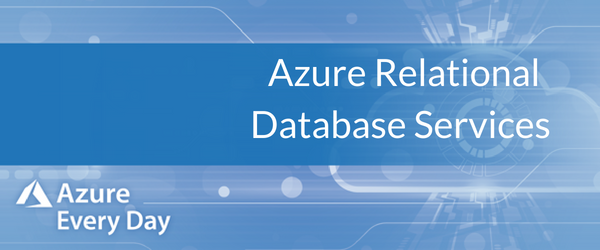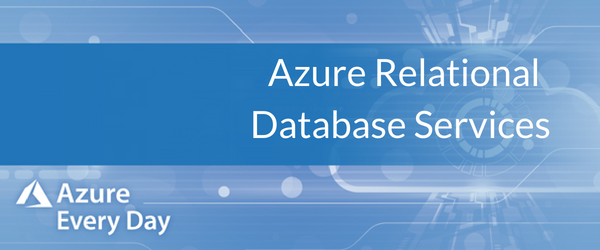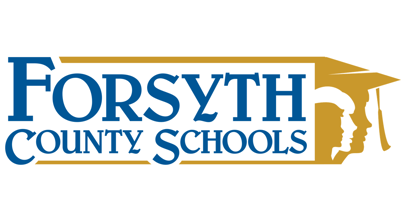Azure Relational Database Services

 Today I’d like to talk about the Azure Relational Data Services Platform. This is an important foundational component for many things that are being built on Azure Platform as a Service related to databases.
Today I’d like to talk about the Azure Relational Data Services Platform. This is an important foundational component for many things that are being built on Azure Platform as a Service related to databases.
One of the key PaaS offerings when Microsoft started with Azure was Azure SQL Database. Moving forward, changes were made to this and Azure SQL DW was released. Recently, Microsoft released a preview of the Azure SQL Database Managed Instance option. This is significant as it is a vcore plus storage option and intended to have parity with the on premises version of SQL Server, plus is a key step to separating compute and storage for Azure SQL Databases as well.
This is important since it allows Microsoft to standardize their relational database support pattern for other databases as well. This has existed for Azure DW for some time and was also improved in Gen 2. Check out more about this in some previous posts in this series.
Azure’s Relational Database platform supports Azure DW in MVP platform, Azure SQL Database or SQL Server as PaaS, Azure Database for MySQL and PostgreSQL. So, open source databases are supported on the same relational data services platform. Azure Database for MariaDB is coming by the end of 2018.
You may be thinking, why is all this important and what does a common platform include?
- First, Azure storage services as a foundation for all databases and all the data on the Azure platform. All data stored here, as well as Azure Databases, whether open source or SQL, are encrypted at rest.
- Manages high availability of a solution by keeping free copies of data available for the platform at all times. So high availability built in and encryption at rest—secure and available.
- Azure compute is the VMs supporting the compute needs of the databases. This is where you pick the cores that you want to provide scale up function. However, you’re not managing VMs, you’re managing capacity. Microsoft has taken on the task of understanding what you need from a capacity standpoint, like how do you want to scale up or down or how many vcores do you want to set aside.
- A key component of many things in Azure is that we can scale compute separate from storage. The database services platform sits on top of Azure storage and compute, so its strength is that the core of the solution lives in those 2 platforms. It allows support of MVP, open source and SQL databases with PaaS.
- Databases services is where the next tier happens (or all the cool stuff). On top of the foundation, Microsoft adds a set of common components that are realized across all these databases.
- It’s a trusted platform with things like backup and restore, security, audit and isolation all managed in this service. This allows you to trust the platform and build databases with confidence in the security.
- It’s flexible, enabling scalability and resource management within the platform. This includes features like scaling up or down on demand and adding storage as you need, giving flexibility to the platform. This is hard to do if you build this for yourself or use an IaaS solution.
- It’s intelligent. We see big benefits in the fact that it provides monitoring, automated tuning and advisors to the platform. These are built in to make your databases better, so you can rely on good performance and know what is happening in your database when you need to.
- Think of the third tier (after storage/compute and database services) as each unique database platform and the features each brings to your application. Whether you’re using an open source product that’s using MySQL or a SQL Server, their feature sets come forward in PaaS.
Another advantage to mention is by supporting standard SQL and managed instances, and MySQL and PostgreSQL Community Edition, it makes moving to the cloud so much easier. This open opportunities for you to migrate in clean fashion using all the capabilities of a system you’re familiar with.
If you’d like to know more about moving your database and application to the cloud using Azure Relational Data Services to support your application, you’re in the right place. Click the link below or contact us—we’re here to help.
Sign-up now and get instant access
ABOUT THE AUTHOR
Free Trial
On-demand learning
Most Recent
private training








-1.png)
Leave a comment